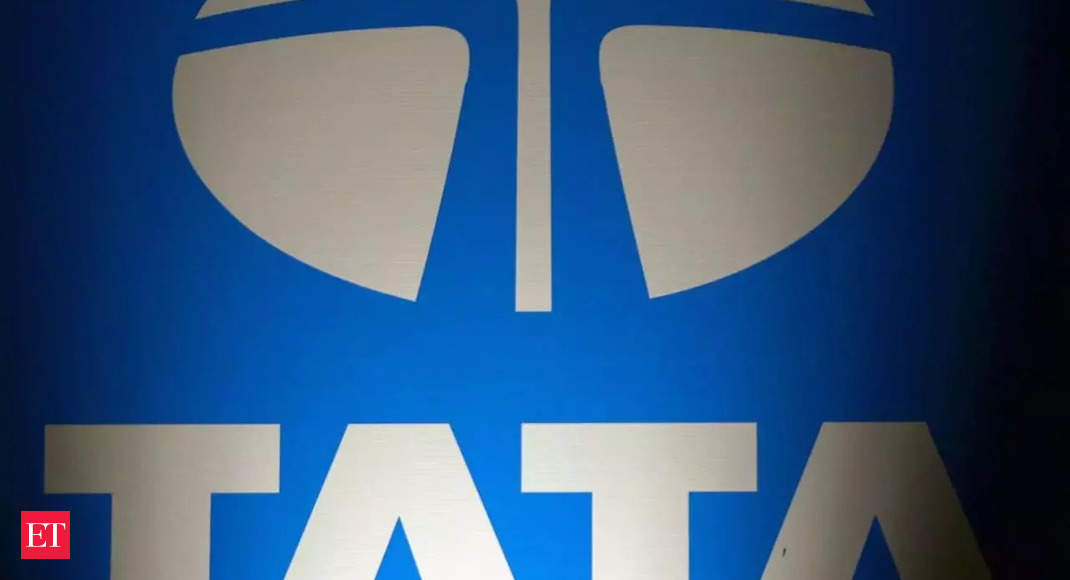Tata Sons, the holding company of the $150-billion Tata Group, may have to prepare for a stock market listing by September 2025. The Reserve Bank of India (RBI) has classified Tata Sons as an ‘upper-layer’ non-banking financial company (NBFC), which requires greater regulatory compliance. If Tata Sons goes public, it would be a windfall for its shareholders, with an estimated valuation of Rs 11 lakh crore. A 5% offering through an IPO would be worth Rs 55,000 crore, making it India’s biggest public offering.
Tata Sons, led by chairman N Chandrasekaran, had explored the possibility of getting an exemption from the RBI’s classification, but the RBI recently released a list of 15 NBFCs in the upper-layer category. The RBI requires upper-layer NBFCs to follow a stringent disciplinary structure and go public within three years of notification to ensure diffused ownership. Size and interconnectedness are key factors that place an NBFC in the upper layer.
Although Tata Sons has time to comply with the RBI notification, it is considering various options, including a reorganisation, to be excluded from the upper-layer list. Analysts believe that while Tata Sons shares will become a liquid currency through the IPO, there may be a disconnect on the valuation front as investors typically apply a discount to holding companies.
Tata Sons’ indirect subsidiary, Tata Capital Financial Services, is also included in the upper-layer list. Tata Sons is merging Tata Capital Financial Services into Tata Capital to make itself ‘listing-ready’. In its FY23 report, Tata Sons stated that the simplified corporate structure would create a larger unified entity with a stronger capital and asset base, aligned with RBI regulations.
The IPO plan for Tata Sons is not new. In 2004, Ratan Tata, then chairman of Tata Sons, expressed his desire to list the holding company. However, the plan was put on hold, and in 2014, Tata Trusts proposed a listing in London. Mistry family, the single-largest individual shareholder of Tata Sons, objected to the proposal, citing unresolved legacy hotspots and denouncing shares with differential voting rights as investor-unfriendly. At a valuation of Rs 11 lakh crore, the Mistry family’s 18.4% stake would be worth over Rs 2 lakh crore.
Compared to Tata Sons’ estimated IPO size of Rs 55,000 crore, LIC’s IPO in 2022 was worth Rs 21,000 crore, the largest listing in India so far. Paytm’s Rs 18,300-crore offer in 2021 is the second-largest. The RBI introduced the framework for NBFCs in 2021, categorising them into different layers. Upper-layer NBFCs like Tata Sons must comply with regulatory provisions applicable to them.











